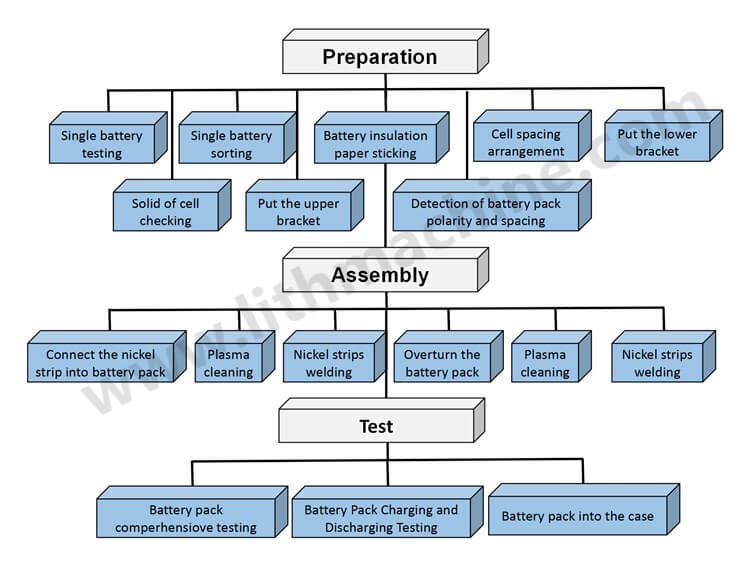A Battery Washing Battery Short Circuit Tester is a specialized testing instrument designed to evaluate the safety and performance of batteries under conditions of exposure to liquids, specifically simulating scenarios where a battery might come into contact with water or other fluids. Here are specific details about its functionality:
Simulation of Liquid Exposure:
Objective: The primary purpose of the Battery Washing Tester is to simulate scenarios where a battery may be exposed to liquids. This is a critical safety test to assess the response of the battery to contact with water or other fluids.
Washing Mechanism:
Controlled Testing: The Fast Thermal Test Chamber is equipped with a controlled washing mechanism. This involves subjecting the battery to a controlled flow or immersion of water or other liquids, simulating real-world scenarios where a battery might be exposed to moisture.
Liquid Flow Control:
Precise Application: The battery Nail Penetration Tester allows for precise control of the flow of liquids onto the battery. This control is essential for replicating different scenarios of liquid exposure, including splashing, immersion, or other forms of contact.
Duration of Exposure:
Adjustable Parameters: The apparatus enables the adjustment of parameters such as the duration of exposure to liquids. This flexibility is crucial for simulating various conditions and assessing how different exposure times impact the battery.
Safety Evaluation:
Identification of Risks: The test helps identify potential safety risks, such as short circuits, leakage, or other adverse reactions resulting from exposure to liquids. This information is essential for ensuring the safe use of batteries in environments where moisture may be present.
Performance Assessment:
Impact on Performance: The tester assesses how exposure to liquids affects the battery's performance, integrity, and electrical characteristics. This includes evaluating changes in voltage, capacity, and other relevant parameters.
Compliance Testing:
Standards Adherence: The Battery Washing Tester is often used to comply with industry standards and regulations that mandate safety testing for batteries. Compliance ensures that batteries meet specific safety criteria under liquid exposure conditions.
Endurance Testing:
Repeated Testing: The apparatus may subject batteries to repeated washing tests to assess their endurance and performance under sustained exposure to liquids. This is valuable for understanding the long-term effects of liquid exposure on battery safety.
Quality Control:
Production Validation: Battery manufacturers use the washing tester as part of quality control processes to validate the safety and robustness of their products before they are released to the market.
Research and Development:
Product Improvement: Insights gained from washing tests contribute to research and development efforts to improve battery design, materials, and construction, enhancing safety and performance under various environmental conditions.
In summary, the Battery Washing Tester is a critical tool for assessing the safety and performance of batteries under conditions of liquid exposure. It provides valuable data for compliance, quality control, and ongoing research and development efforts in the battery industry.




 Online service
Online service
